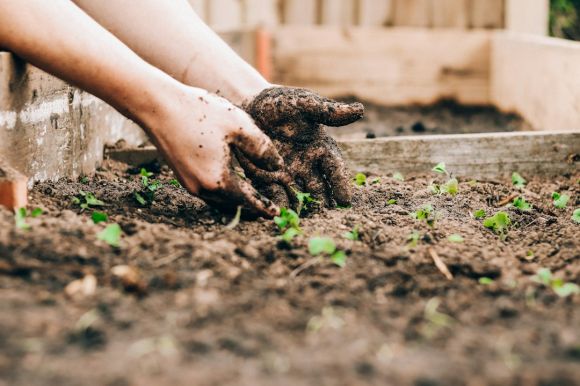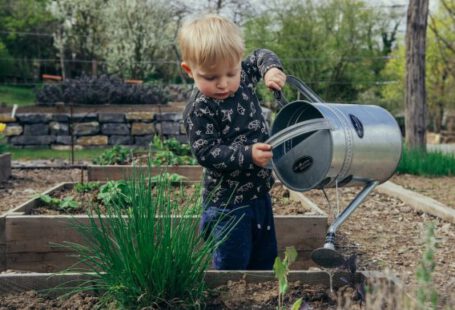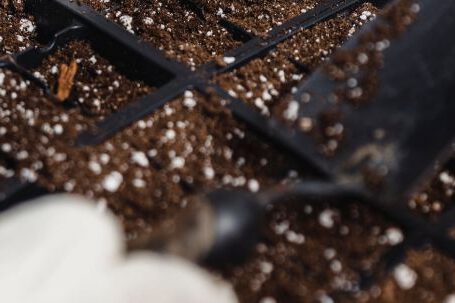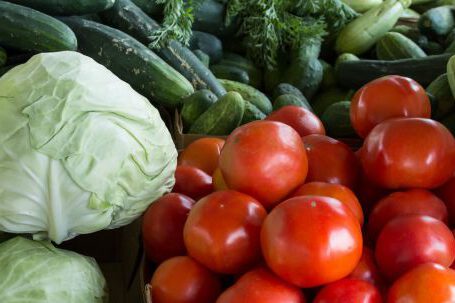Having a small vegetable patch doesn’t mean you have to settle for a small harvest. With the right techniques and strategies, you can maximize the yield of your small vegetable patch and enjoy an abundance of fresh produce. In this article, we will explore some effective ways to make the most of your limited space and achieve a bountiful harvest.
Choosing the Right Plants
The first step in maximizing yield in a small vegetable patch is to choose the right plants. Opt for compact varieties that are known for their high productivity. Look for plants that have been specifically bred for small spaces, such as dwarf varieties of tomatoes, cucumbers, and peppers. Additionally, consider growing vertical plants, such as climbing beans or vining tomatoes, which can make the most of limited ground space by growing upwards.
Utilizing Vertical Space
One of the key strategies for maximizing yield in a small vegetable patch is to utilize vertical space. Vertical gardening allows you to grow more plants in a smaller area by making use of trellises, stakes, or hanging baskets. This technique not only saves space but also increases air circulation and sunlight exposure, leading to healthier plants and higher yields.
Intercropping and Succession Planting
Intercropping and succession planting are two techniques that can help you make the most of your small vegetable patch. Intercropping involves planting two or more crops together that have complementary growth habits or nutrient requirements. For example, you can plant fast-growing lettuce in between rows of slow-growing carrots. This way, you can maximize the use of space and harvest multiple crops from the same area.
Succession planting, on the other hand, involves planting new crops as soon as one harvest is finished. By continuously planting throughout the growing season, you can ensure a steady supply of fresh produce. For example, once you harvest your early spring lettuce, you can immediately sow seeds for a summer crop of beans or cucumbers. This way, you can make the most of your limited space and keep your vegetable patch productive all season long.
Optimizing Soil Health
Healthy soil is the foundation of a productive vegetable patch. To maximize yield, it’s important to optimize the health of your soil by enriching it with organic matter, such as compost or well-rotted manure. Organic matter improves soil structure, enhances nutrient availability, and promotes beneficial microbial activity. Regularly adding compost or organic matter to your soil will ensure that your plants have access to the nutrients they need for healthy growth and maximum yield.
Watering and Mulching
Proper watering is crucial for the success of your small vegetable patch. To maximize yield, it’s important to water your plants deeply and consistently. Avoid shallow watering, as it can result in shallow root growth and reduced yields. Mulching is another essential practice to conserve moisture and suppress weed growth. Apply a layer of organic mulch, such as straw or wood chips, around your plants to help retain soil moisture and prevent weed competition.
Conclusion: A Bountiful Harvest from a Small Space
Maximizing yield in a small vegetable patch is not only possible but also highly rewarding. By choosing the right plants, utilizing vertical space, intercropping and succession planting, optimizing soil health, and practicing proper watering and mulching, you can make the most of your limited space and enjoy a bountiful harvest. With a little planning and effort, your small vegetable patch can produce an abundance of fresh, homegrown produce to enjoy throughout the growing season.





